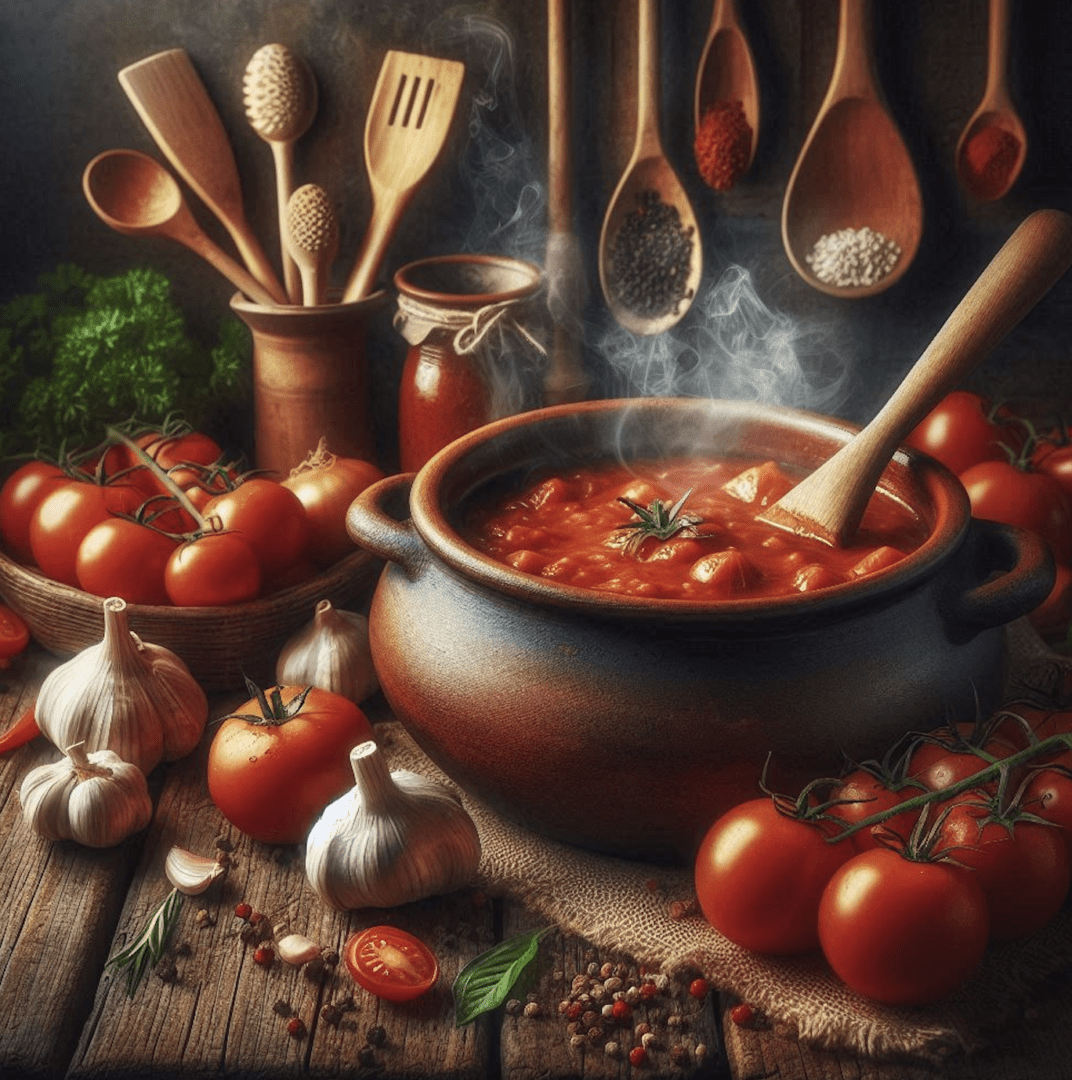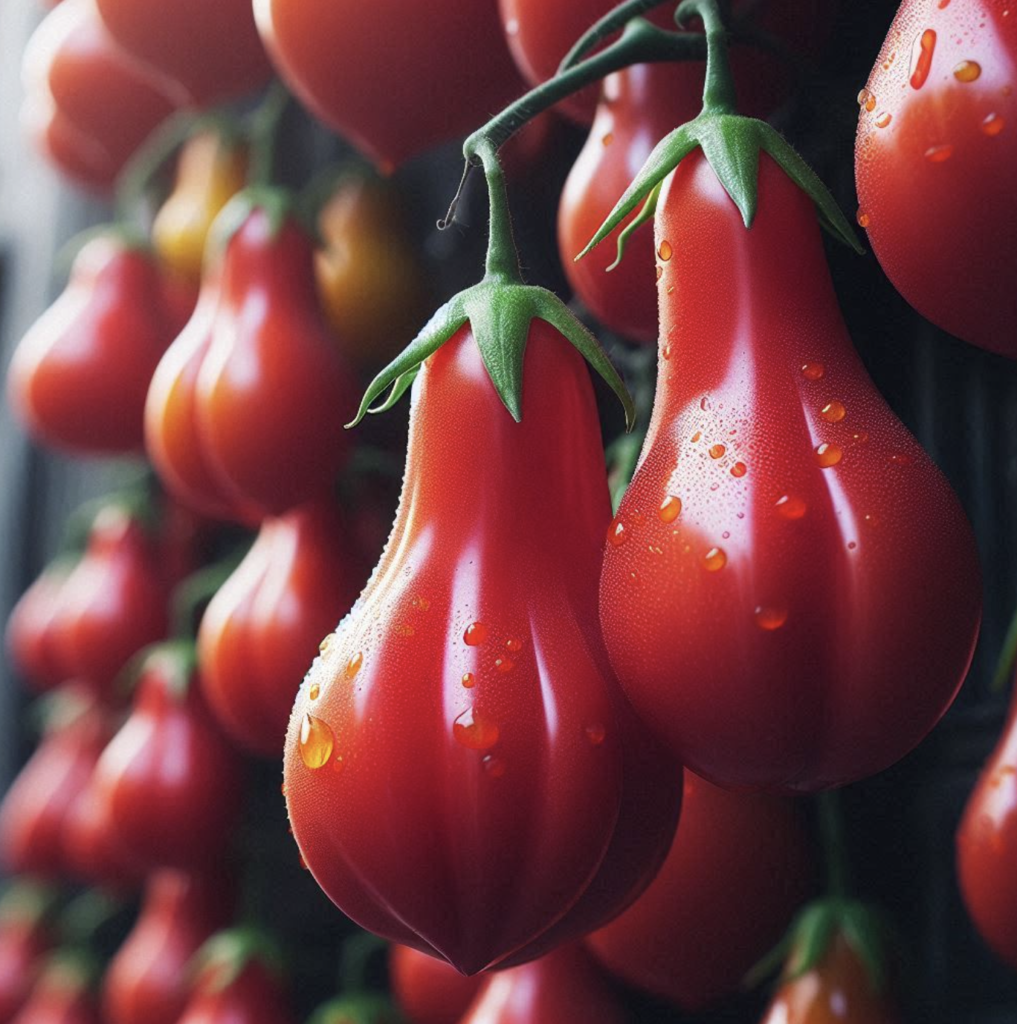Search Posts
Recent Posts
- Writer Herb Weiss’ 45 years of Advocacy on Aging now Archived at Rhode Island College Library Special Collection June 23, 2025
- Providence Biopharma, Ocean Biomedical, Notified of Termination of License Agreements with Brown University, RI Hospital June 23, 2025
- Networking Pick of the Week: Early Birds at the East Bay Chamber, Warren, RI June 23, 2025
- Business Monday: Dealing with Black and White Thinking – Mary T. O’Sullivan June 23, 2025
- Rhode Island Weather for June 23, 2025 – Jack Donnelly June 23, 2025
Categories
Subscribe!
Thanks for subscribing! Please check your email for further instructions.

Ask Chef Walter: His Majesty, the San Marzano Tomato – Chef Walter Potenza
by Chef Walter Potenza, contributing writer

HIS MAJESTY THE SAN MARZANO TOMATO
Thanks to its history, connection with the territory, and extraordinary qualities, San Marzano continues to be loved and appreciated worldwide, representing the excellence of Italian cuisine.
Friends:
The San Marzano tomato stands out in the culinary world with its unique and unparalleled sweet flavor. Its origins in San Marzano sul Sarno, a municipality in Campania, and centuries-old history have contributed to its international fame and undisputed role in Italian cuisine.
It is said that the first seeds of the San Marzano tomato arrived in Italy in 1770 as a gift from the Spanish viceroyalty to the Kingdom of Naples. Coming from Peru, these seeds found the fertile volcanic soil of the Agro Sarnese-Nocerino to be the ideal place to grow. Because of the characteristics of the soil, rich in minerals from Vesuvius, and the mild Mediterranean climate, the tomatoes planted in this area began to develop their distinctive characteristics. This is how the fruit began to grow in an area that includes part of the provinces of Naples, Salerno, and Avellino, soon becoming synonymous with quality and tradition.
One element that makes this tomato varietal so unique is its geographical origin. The combination of volcanic soil and traditional irrigation techniques, which use the waters of the Sarno River, have created the perfect conditions for the growth of an extraordinary fruit. This tomato stands out for its elongated shape, thin skin, and intense red color that enhances its inviting appearance. But its flavor makes it genuinely unique: sweet, balanced, and with low acidity, the San Marzano is perfect for use in a wide range of culinary preparations.
The secret to San Marzano’s exceptional flavor lies in the meticulous care and rich volcanic soil that nurtures it. Harvested by hand, following ancient traditions, these tomatoes, with their fleshy and compact pulp, are ideal for preparing sauces, purees, and dishes that require a dense and velvety consistency. The Protected Designation of Origin (PDO) ensures that only tomatoes grown according to strict criteria can bear the San Marzano DOP title, guaranteeing the product’s quality and authenticity.
Tomato harvesting rendition.

However, the tomato is not native to Italy. It was introduced to Europe in the 16th century by the Spanish conquistadors, who brought it from the lands of Mexico and Peru. Initially, it was considered an ornamental plant since it was thought to be inedible. Only in the 17th century did the tomato begin to be used in cooking, especially in southern Italy, where it found fertile ground to grow lush and become one of the main ingredients of the Mediterranean diet. Campania soon established itself as one of the leading regions in tomato cultivation. The San Marzano became the flagship among the emerging varieties thanks to its extraordinary qualities.
In the kitchen, the San Marzano tomato lends itself to numerous preparations. It is the ideal ingredient for making tomato sauces with a rich and robust flavor. It is perfect for seasoning Neapolitan pizza, preparing ragù, or simply creating a quick sauce for pasta. Many Italian families use San Marzano tomatoes to prepare tomato preserves during the summer. This ancient tradition allows you to enjoy the flavor of fresh tomatoes even in the winter months.
The San Marzano’s versatility is a testament to its culinary prowess. Its natural sweetness and a gentle hint of acidity make it a perfect ingredient for enhancing dishes without overpowering their flavor. Whether used raw in salads or cooked in long preparations such as ragù, the San Marzano always stands out, inspiring creativity in the kitchen.
Here are its botanical elements:
- Species: Solanum lycopersicum
- Shape: Elongated and cylindrical, with a slightly pointed end, typically 2-3 inches long.
- Color: Bright red when fully ripe, with smooth skin.
- Plant: A determinate vine grows to a set height and fruits simultaneously.
- Leaves: Typical tomato plant leaves are deep green and compound with serrated edges.
- Flowers: Yellow star-shaped flowers that develop into fruit clusters.
- Seed Characteristics: Small, flat, yellowish seeds.
- Fruit Flesh: Tomatoes are dense and fleshy, with fewer seeds and less water than other tomatoes, contributing to their ideal consistency for sauces.
The final thought!
In conclusion, the San Marzano tomato is much more than a simple ingredient of Italian cuisine. It symbolizes tradition, quality, and passion for the land and its fruits. Thanks to its history, connection with the territory, and extraordinary qualities, San Marzano continues to be loved and appreciated worldwide, representing the excellence of Italian cuisine.

Images AI Generated FK
___

Images FK Attribution
www.chefwalterscookingschool.com
www.flavorsandknowledgetours.com

Meet Chef Walter!
There is a constant, recognizable thread in the career of Walter Potenza to elevate the level of Italian culinary culture in the United States. Besides his unquestionable culinary talent and winning business perspective, Chef Walter has been a relentless educator with passion and knowledge who defeats stereotypes. His life, career, and values are a model, an example to follow by any chef of Italian gastronomy working outside Italy.
Chef Walter appears regularly on National and International Networks such as Food Network, ABC, CBS, NBC, RAI, FOX, and Publications such as NY. Times, Washington Post, Wall Street Journal, Food & Wine, Saveur, Gourmet, and several Italian media outlets. And now – RINewsToday!
